Machine vision is a method of automated inspection and control using image processing and analysis techniques. In machine vision solutions, by using high-precision cameras and industrial lenses, images of the object to be inspected can be acquired, and then useful information, such as position, size, shape, etc., can be extracted by processing and analysing the images, so as to achieve automated inspection and control.
In machine vision solutions, the selection of cameras and lenses plays a crucial role in the performance and stability of the whole system. The right camera and lens can improve the clarity and quality of the image, thus increasing the accuracy and reliability of the inspection. If the camera and lens selection is not appropriate, it may lead to image blurring, distortion and other problems, affecting the accuracy of the detection results.
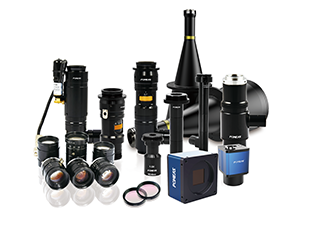
Machine vision camera selection points:
a. Determine the resolution requirements: According to the actual inspection requirements, select the appropriate resolution to obtain clearer and more accurate images. Generally speaking, high resolution can provide richer detail information, but also requires higher processing speed and storage space.
b. Determine the frame rate requirements: According to the actual detection needs, select the appropriate frame rate to improve detection efficiency. A high frame rate can reduce the detection time, but it also requires higher camera performance and data processing capability.
c. Select the appropriate sensor type: according to the actual needs, select the appropriate sensor type, such as CCD or CMOS. different sensor types have different characteristics and application scenarios.
d. Determine the interface type: According to the actual demand, select the appropriate interface type, such as USB, GigE, etc. Different interface types have different characteristics and application scenarios. Different interface types have different transmission speeds, transmission distances and compatibility.
Machine vision lens selection points:
a. Determine the focal length requirements: According to the actual detection needs, select the appropriate focal length to obtain a clearer and more accurate image. Different focal lengths are suitable for different detection distances and object sizes.
b. Determine the aperture size: According to the actual needs, choose the appropriate aperture size to control the exposure and depth of field. Large aperture can provide a shallow depth of field range, suitable for high-contrast detection scenes; small aperture can provide a deeper depth of field range, suitable for low-contrast detection scenes.
c. Determine the interface type: According to the actual demand, choose the appropriate interface type, such as C-mount, F-mount, etc.. Different interface types have different flange distances, sizes and compatibility.
d. Consider the stability of the lens: choose a lens with stable quality and durability to ensure reliability and stability for long time use.
e. Consider the optical performance of the lens: choose a lens with excellent optical performance and good imaging quality to ensure access to high-quality images.
Product recommendation
TECHNICAL SOLUTION
MORE+You may also be interested in the following information
FREE CONSULTING SERVICE
Let’s help you to find the right solution for your project!
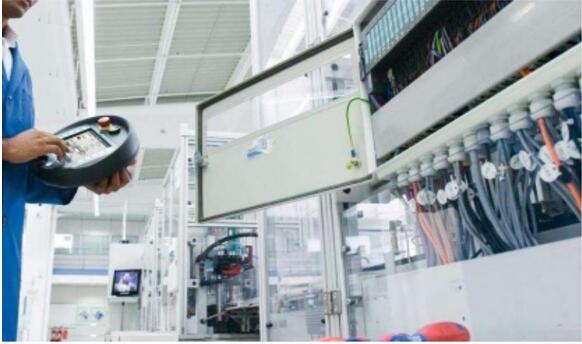

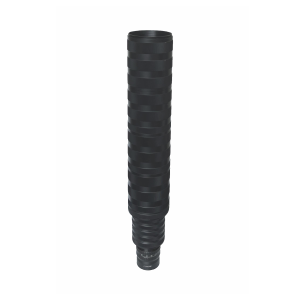
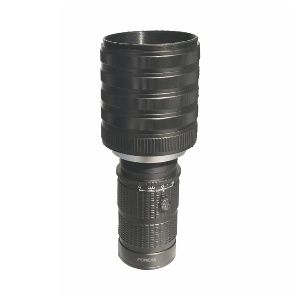
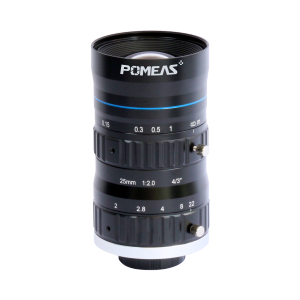
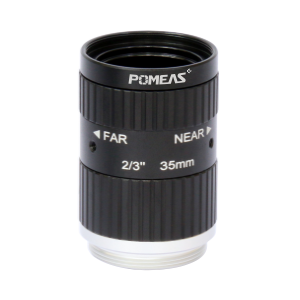
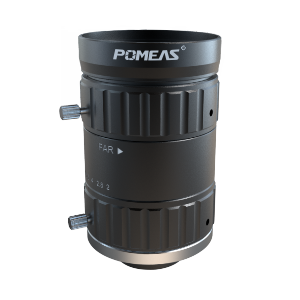
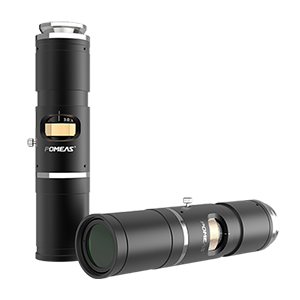
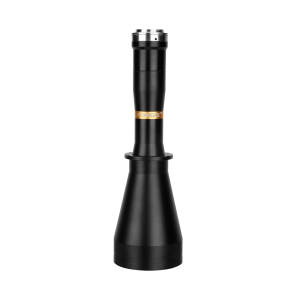


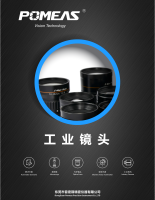
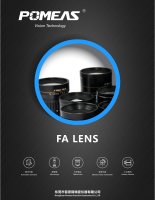
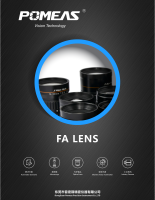
 ASK POMEAS
ASK POMEAS  PRICE INQUIRY
PRICE INQUIRY  REQUEST DEMO/TEST
REQUEST DEMO/TEST  FREE TRIAL UNIT
FREE TRIAL UNIT  ACCURATE SELECTION
ACCURATE SELECTION  ADDRESS
ADDRESS Tel:+ 86-0769-2266 0867
Tel:+ 86-0769-2266 0867 Fax:+ 86-0769-2266 0867
Fax:+ 86-0769-2266 0867 E-mail:marketing@pomeas.com
E-mail:marketing@pomeas.com
